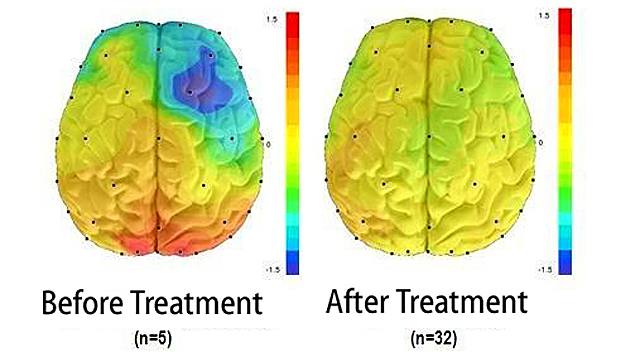Harnessing the Potential of Biometric Feedback to Revolutionize Chronic Pain Control and Enhance Quality of Living
Harnessing the Potential of Biometric Feedback to Revolutionize Chronic Pain Control and Enhance Quality of Living
Blog Article
Persistent pain is a condition that affects countless of individuals around the world. It can be triggered by various elements, including traumas, diseases, or even anxiety. For many individuals, controlling chronic pain can be a daily challenge that affects their standard of life. Traditional treatments often include drugs, physical therapy, and occasionally surgery. However, these methods do not always provide the alleviation that patients desire. Recently, biofeedback has surfaced as a promising alternative for controlling chronic pain and improving overall health.
Biofeedback is a technique that educates individuals how to control specific bodily processes by using indicators from their own bodies. This approach involves employing sensors that monitor physiological responses such as heart rate, muscle tension, and skin temperature. By offering immediate feedback, patients can discover to identify their body's responses to pain and stress. This awareness allows them to develop strategies to manage their pain more efficiently. For example, if a patient observes that their muscle tension increases when they are in pain, they can practice relaxation strategies to help alleviate that tension.
One of the key advantages of biofeedback is that it empowers individuals to take an active role in their pain management. Instead of relying solely on drugs or treatments from medical providers, patients can gain to comprehend and regulate their own physiology. This feeling of control can lead to enhanced confidence and a more optimistic outlook on life. Many individuals report feeling more in control of their pain and less like sufferers of their condition. This change in perspective can substantially improve their standard of life.
Studies has demonstrated that biofeedback can be beneficial in alleviating chronic pain indicators. Research suggest this hyperlink that individuals who employ biofeedback methods often experience less pain and better physical function. Additionally, biofeedback can help reduce anxiety and stress, which are common issues for those living with chronic pain. By addressing both the physical and emotional aspects of pain, biofeedback offers a holistic approach to pain management. This comprehensive method can lead to better outcomes for individuals, allowing them to engage more fully in their daily activities.
In conclusion, biofeedback is a significant tool for transforming chronic pain management. By teaching individuals to understand and control their physiological responses, biofeedback enables patients to take charge of their pain. This method not only helps alleviate pain but also improves overall standard of life. As more individuals look for options to conventional pain control methods, biofeedback stands out as a promising option. With continued investigation and recognition, biofeedback could turn into an integral part of chronic pain therapy, helping individuals lead healthier, more fulfilling lives.